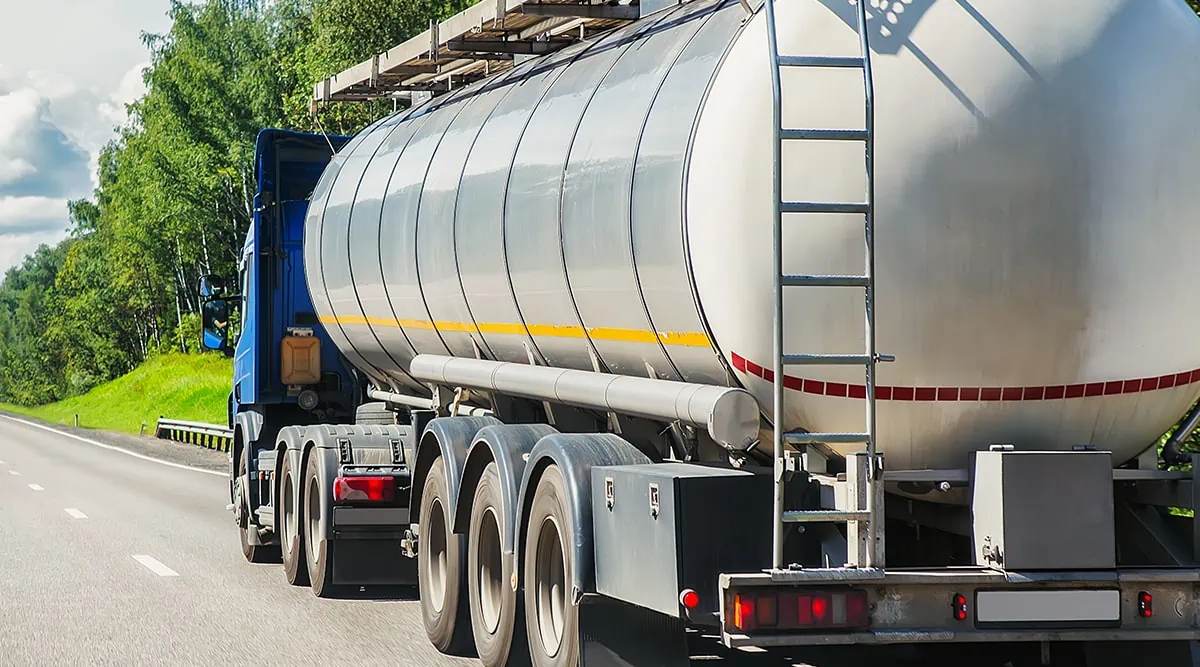Getting The Reclaim Waste To Work
Getting The Reclaim Waste To Work
Blog Article
The Of Reclaim Waste
Table of ContentsNot known Incorrect Statements About Reclaim Waste Reclaim Waste Things To Know Before You BuyReclaim Waste - An OverviewThe Best Guide To Reclaim WasteLittle Known Facts About Reclaim Waste.
Residential sewage waste refers to the waste and items from a domestic septic storage tank. The appropriate monitoring and disposal of domestic sewer waste require fluid waste to be transferred to a sewage therapy plant where the correct techniques and devices are applied to detoxify and dispose of waste.
Commercial waste typically includes prospective hazards, such as flammable products or a blend of fluid and solid waste items, and calls for a much more innovative and detailed disposal process. The disposal of business waste typically involves the purification of waste prior to transportation to guarantee safe and proper disposal. Hazardous waste is developed from by-products and drainage of commercial procedures and production.
This kind of waste can not make use of the exact same sewer administration transport or procedures as septic or commercial liquids. The hazardous waste administration procedure requires the assessment and screening of liquid waste before it goes through the disposal procedure (liquid waste disposal). Drainage waste is the liquid waste that comes from drainage and excess stormwater in highly populated areas or cities
Drainage waste can create contamination and flooding if not handled appropriately. Guaranteeing correct waste monitoring can stop catastrophes and decrease environmental injury.
All about Reclaim Waste
Get in touch with PROS Services today to discover our waste management and disposal services and the proper ways to look after the liquid waste you generate.
(https://reclaim-waste-48112599.hubspotpagebuilder.com/reclaim-waste/expert-liquid-waste-removal-and-disposal-services-your-complete-guide)This so-called 'wastewater' is not just a crucial source yet, after therapy, will be released to our land, rivers or the sea. Utilized water from commodes, showers, bathrooms, kitchen sinks, washings and industrial processes is known as wastewater.

water utilized to cool equipment or clean plant and equipment). Stormwater, a form of wastewater, is overflow that moves from agricultural and city locations such as roofings, parks, gardens, roads, courses and rain gutters into stormwater drains pipes, after rain. Stormwater moves untreated straight to regional creeks or rivers, eventually reaching the sea.
All about Reclaim Waste
In Queensland, the majority of wastewater is dealt with at sewage treatment plants. Wastewater is delivered from domestic or industrial sites via a system of sewage systems and pump terminals, recognized as sewage reticulation, to a sewer therapy plant.
The Division of Natural Resources recommends city governments regarding managing, operating and keeping sewage systems and treatment plants. In unsewered locations, city governments might require owners to set up specific or home sewer therapy systems to treat domestic wastewater from commodes, kitchen areas, washrooms and washings. The Department of Natural Resources authorises using house systems when they are confirmed to website here be reliable.
In some brand-new class, treatment of some stormwater to eliminate clutter, sand and gravel has actually started making use of gross pollutant traps. Wastewater treatment takes place in 4 phases: Gets rid of solid issue.
Wastewater after that flows into huge storage tanks where solids settle and are eliminated as sludge. Grease and residue are skimmed from the surface area. Utilizes tiny living microorganisms referred to as micro-organisms to break down and get rid of staying liquified wastes and great particles. Micro-organisms and wastes are incorporated in the sludge. Eliminates nitrogen and phosphorus nutrients that might create algal blossoms in our rivers and intimidate aquatic life.
10 Simple Techniques For Reclaim Waste
Nutrient elimination is not readily available at all sewer therapy plants since it needs costly specialist devices. Clear liquid effluent produced after treatment might still have disease-causing micro-organisms - liquid waste disposal.

A lot of wastewater flows right into the sewerage system. Under the Act, local governments carry out approvals and licences for ecologically relevant activities (Periods) involving wastewater launches that may have a neighborhood effect.
Reclaim Waste Things To Know Before You Get This
Otherwise, samples are considered research laboratory evaluation. Often lots of tests are needed to establish the degrees of each of the different pollutants such as oils, heavy metals and chemicals in water. Surveillance gives valid info about water top quality and can verify that licence problems are being fulfilled. The details obtained with monitoring supplies the basis for making water high quality choices.
Report this page